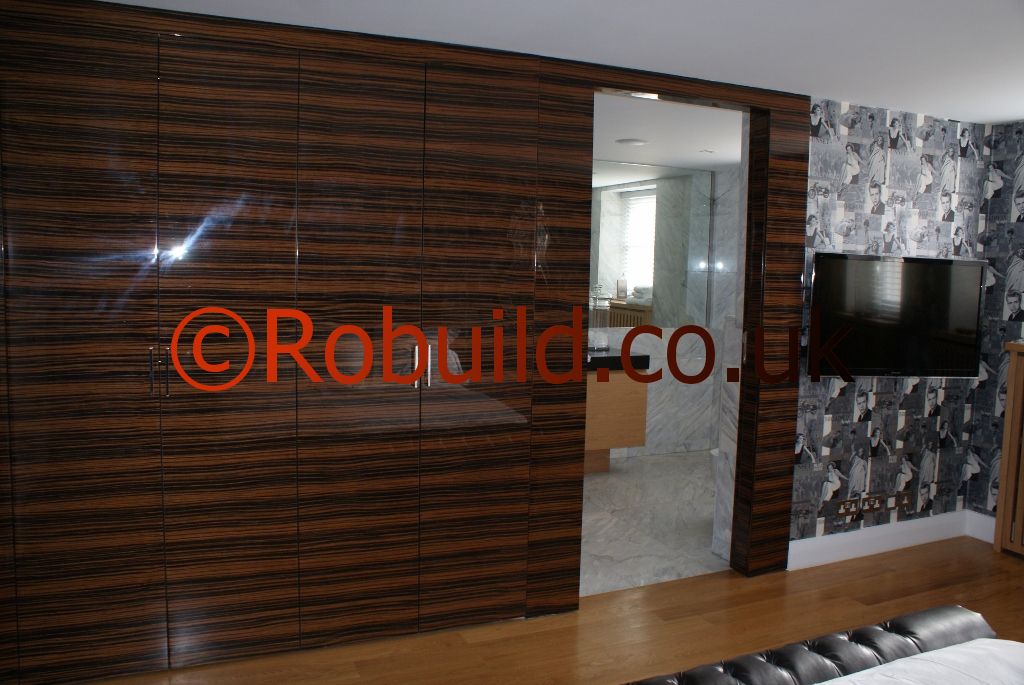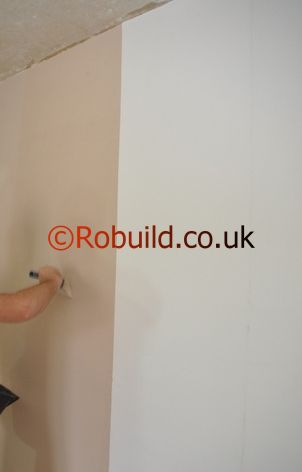Planning a living-dining area is easy. Once you have fitted the dining table into the most obvious nook, and bunged in the sofa opposite the television set, everything else just clicks into place. But planning a better living dining area-the one that looks a little better, works a little better, is a little more comfortable and accommodating-is a difficult job indeed. You need talent, concentration, or luck, or a combination of all three.

The first problem is, that unlike the kitchen, the function of which is reasonably constant, the living-dining area in the average house is playing quite different roles at different times of the day. Whether one room or two, it has to be coffee parlour, study, hobbies room, reading room, television ‘cinema’, music room, writing room and, when you are entertaining, restaurant. And some of these functions are quite incompatible.
The second problem is that what suits well now may be hopeless in, say, five years’ time, when today’s toddler has become a seven year- old addict of television’s noisier programmes. Or a studious 10-year-old has become a rumbustious teenager whose army of friends descends without warning. It is impossible to design living and dining areas so that they will function perfectly for al1 time, regardless of family changes. In most cases, the family starts off as just a newly-married couple.

It increases in numbers as children are born, and in physical size as the children grow up and develop wider interests. It contracts as the children leave home, but may increase again when, for example, an ageing relative, unable to live alone, becomes a resident member instead of an occasional visitor. Since the range of a family’s activities changes even more markedly than its numbers the best you can do, then, is to plan for the family as it is now and make some assessment of likely changes, at least to the time when the present furnishings have outlived their usefulness.
This, if you have a houseful of growing children, will probably be sooner rather than later ! But regardless of the numbers or activities for which it is trying to cater, some things are quite fundamental to a successful living area:
The room itself must be of reasonable size if you are to avoid that ‘shut in a telephone box’ feeling. In many homes, separate living and dining rooms can be combined into a ‘through room’ which somehow always manages to look greater than the sum of its parts. In others, a tiny dining room can be combined into a ‘through room’ which somehow always manages to look greater than the sum of its parts. In others, a tiny dining room can be combined with the kitchen to give a greater feeling of spaciousness in both. Even if you cannot alter the physical dimensions of a small living room, you can often install a picture window to the back garden increasing the apparent dimensions by an amazing extent. (Be careful of picture windows to the street, however; if the room is close to the street, or below road level, you may find yourself self-consciously living in a ‘goldfish bowl’.)

And if there is positively no other way, you can make a small room look bigger by a careful choice of furniture. Choose as few pieces as possible, maximising space and minimising clutter; choose low items rather than tall; and try to keep the tops ‘in line’-occasional tables the same height as seats, for example, and cupboard units the same height as armchair backs. It follows that you should try to avoid making small rooms even smaller by partitioning them into little boxes, unless-and the difference is crucial-you can see over, or through, the partitions.
It must have a focal point because, without something to look at, it is difficult to relax and do absolutely nothing. There are times when even conversation is harder work than you feel like undertaking for the moment-and looking at another person without trying to converse is almost impossible. Once, the hearth was the centre of family life; the word ‘hearth’ itself still conjures up pictures of warmth and companionship and hospitality. Now the hearth-or at least the open fire-is yielding place in British houses to central heating. In its place, the television set has become the focal point of most living rooms, as a glance at the seating arrangements will tell. This is all very well, except that for perhaps half the time that the set is switched on at least one person is enduring, rather than enjoying the programme.
(Quick check: In your family, how often does one person leave the room, try to read-go to bed, even while others are watching a favourite programme?) And when it is switched off, the cold stare of a blank television screen is anything but inviting. This is why some families retain an open fire, even with central heating, for nothing more than its visual warmth and the soothing movement of its flickering flames. There are plenty of alternatives : fish in a tank; birds in a cage (or outside in the garden, but still visible through a picture window); flowers; people or traffic passing by; a favourite collection of pictures, posters, pottery, ship models, or anything else you fancy.

It must look comfortable. Comfort is more than a physical thing; however much padding you provide for the bones and muscles, you cannot relax properly if distracting or irritating surroundings have your mind ‘on edge’. (As one example, few people look less relaxed than the girl who demonstrates mattresses by ‘sleeping’ in furniture exhibitions or shop windows; in her place, would you feel at ease ?) So a living area must not just be comfortable, but look comfortable too. This is a point to bear in mind when buying, particularly, armchairs and sofas. It is an extremely personal, individual matter, but if a unit looks too cold and ‘stiff’ to you, remember that it will probably make your room look the same.
Floor covering can also help create a cosy atmosphere. If carpet seems impractical because the family eats in the living room, you might tile the floor of the dining area, and lay deep-pile carpet at the sitting end of the room. It will create a warm effect and help separate the two areas visually. With these basic points in mind, you can begin to tailor your room(s) to suit your own family, whose needs are quite different from others’. The first thing is to list them, beginning with joint activities, and perhaps under these headings: Eating
Some families take all meals formally, some eat in the kitchen or by the fireside or television. Either way, obviously, you need seats and some sort of dining surface, even if only a tray. But these can be suitable for other purposes and, if so, this will make better use of the space. If you seldom use a conventional dining table and chairs, why have them ? You may be better off with fold-away or multipurpose furniture.

Relaxing, conversing, watching television
The main requirement here is comfortable seating. Armchairs offer maximum comfort, but are bulky; they should be kept to a minimum if space is limited.
Sofas or settees are a little less comfortable, but make better use ol the space and can be used for the occasional nap. (A sofa which is not long enough for sleeping is a bad buy; it can fulfil only one of the two-or more-uses for which it is intended.) Some chairs are essential, however, because the seating arrangement must be flexible enough for two people to talk in comfort, yet be capable of being moved so that the whole family can watch television or join in a general conversation. Chairs that can be pushed together to form a sofa are practical and versatile. Try not to acquire furniture that is too heavy, or rearranging it for changing daily needs will be a major undertaking. Low tables are very useful. Have plenty, and space them about among the seats; when you are comfortable you do not want to keep getting out of your chair to reach an ashtray or pour another cup of coffee. Modern boxshaped tables also provide extra storage.
Storage facilities will probably be needed for books, magazines, records, tapes and so on. For this purpose, multi-purpose wall storage units are most useful. Economical of space, they.can incorporate drawers, cupboards and shelving for storage and display, as well as housing the radio, record player, tape recorder and television. They are also designed to allow some flexibility of arrangement. If stereophonic sound or hi-fl is to be catered for, it is important to consider the position of loudspeakers in relation to the seating.
Entertaining
You need to ask yourself what kind of entertaining is to take place, on what scale, and how frequently. Does it justify extra seating, a larger dining table, a bar or cocktail cabinet? Or could you improvise for the occasional informal party ? Having listed family, or communal, activities, the next thing is to list individual ones. The possible range is enormous, but some likely ones are: Studying, letter-writing, computer usage.
These have similar requirements as far as space and furniture are concerned-not just a chair and writing surface, but also adequate storage for books, files and stationery. At a pinch, the dining table will do, with the activities, and the dining table will serve. The main problem is storage, particularly of bulky machines; however, these can often be housed, with their accessories, in a movable unit which can double as an occasional table.













